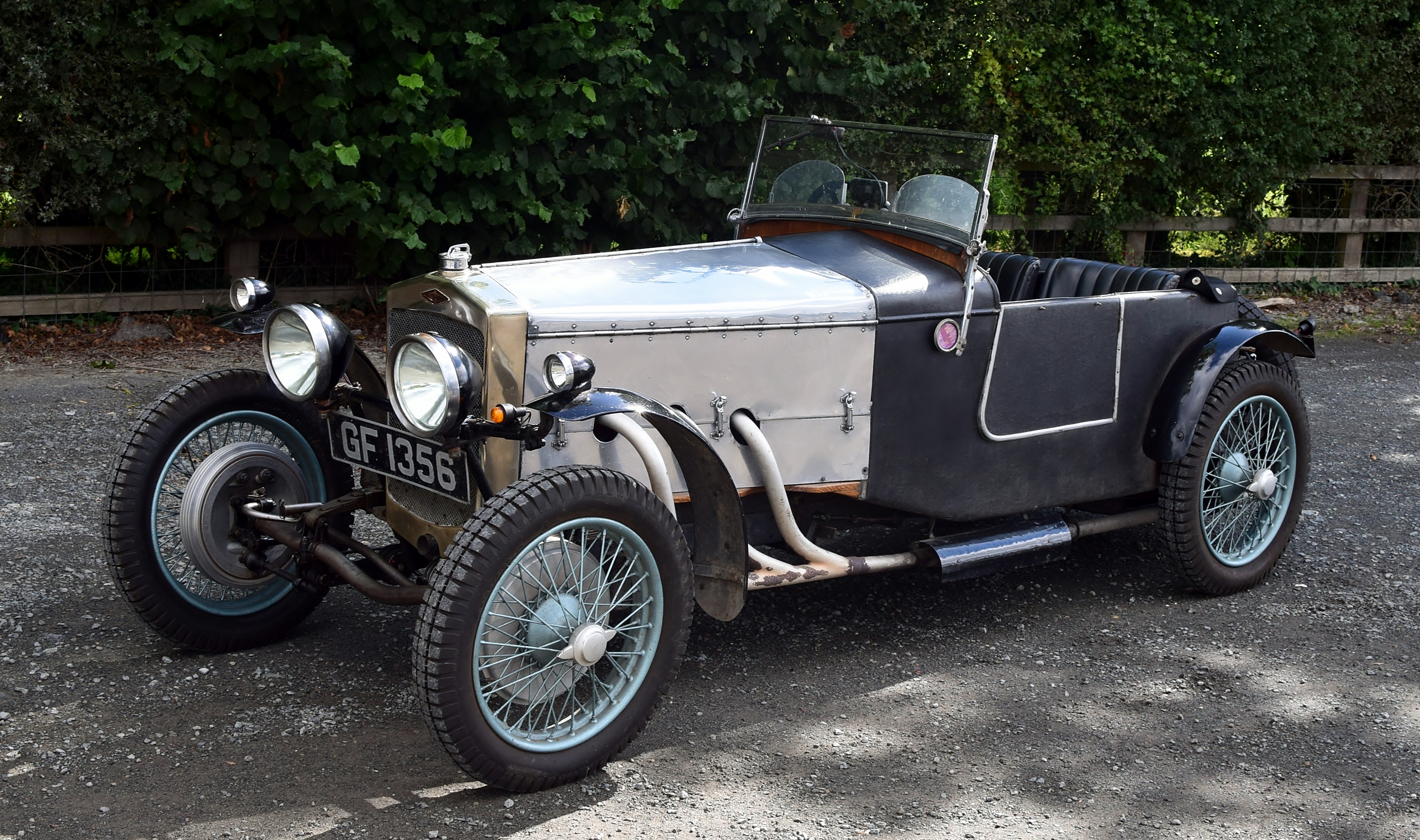
Click Here for Full Screen Image - Click Here to Download Image
 | 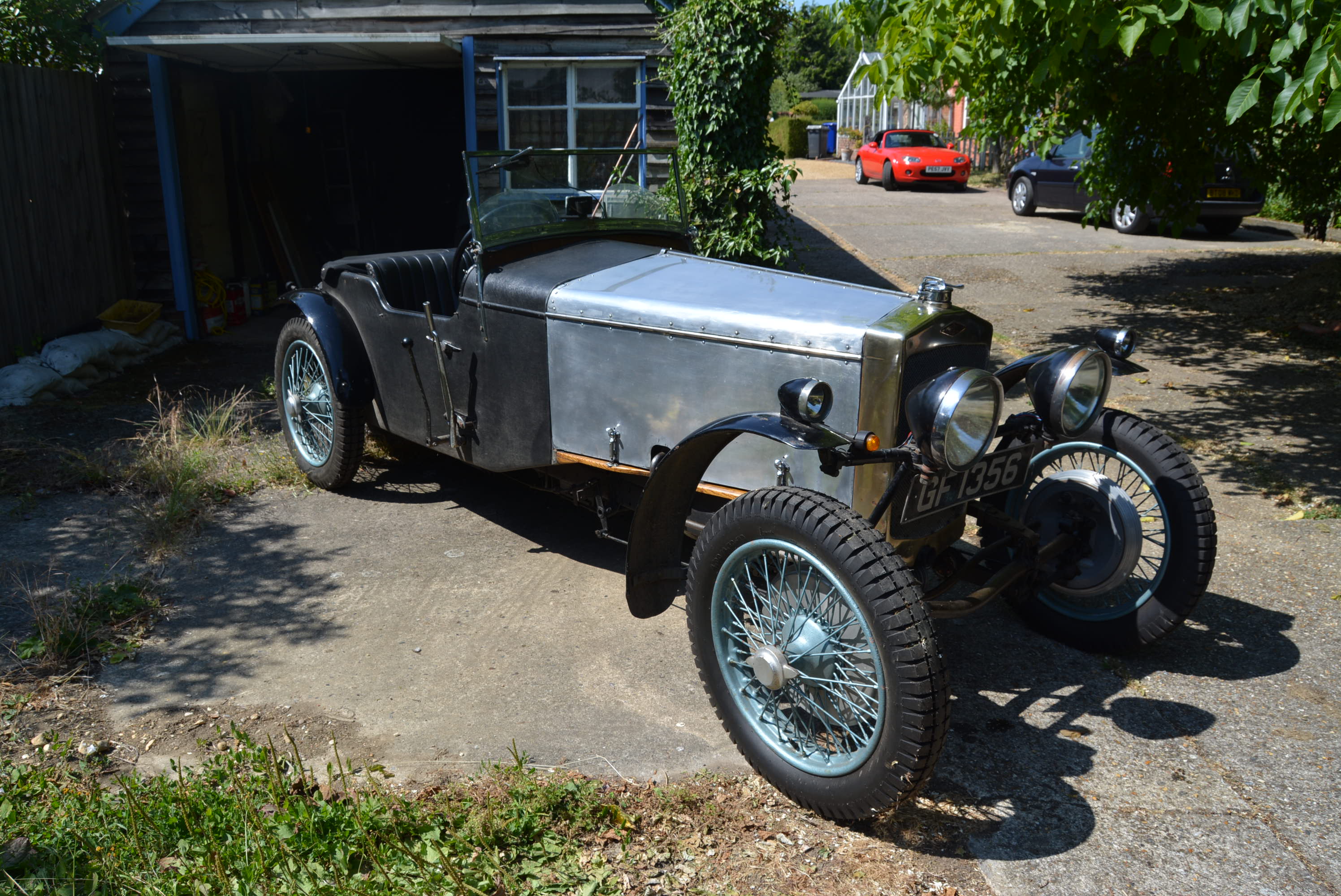 | 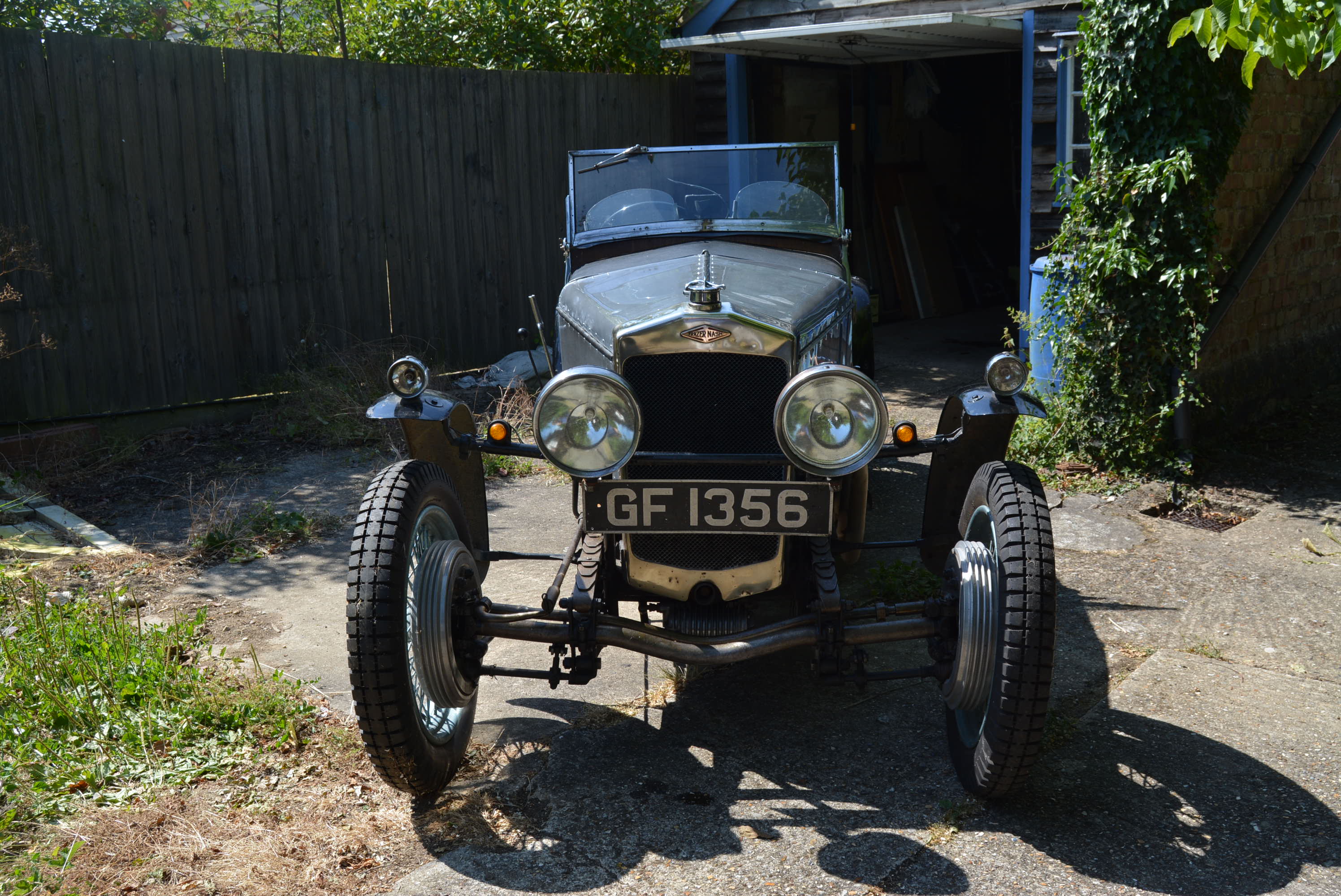 |  |  | |||||
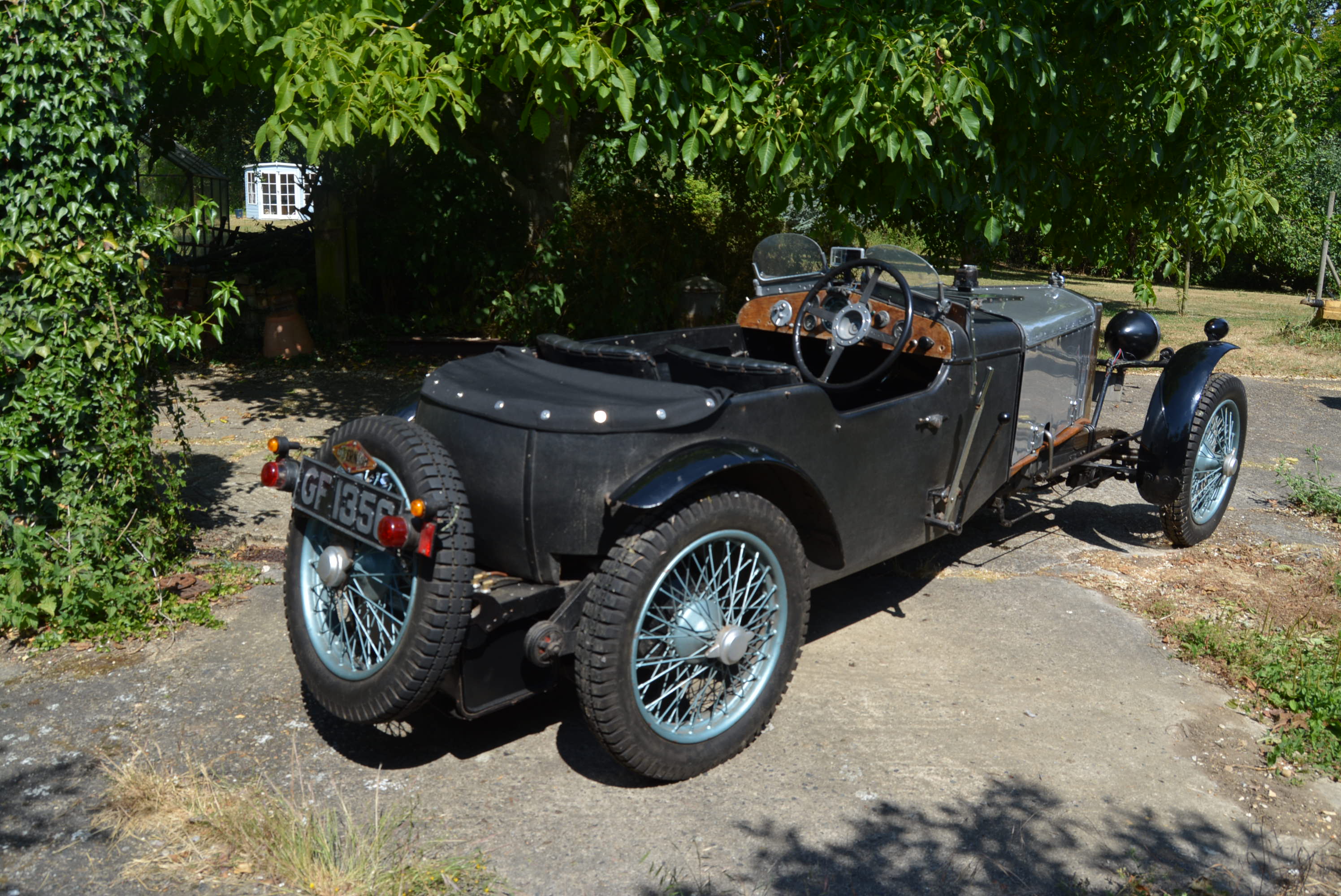 | 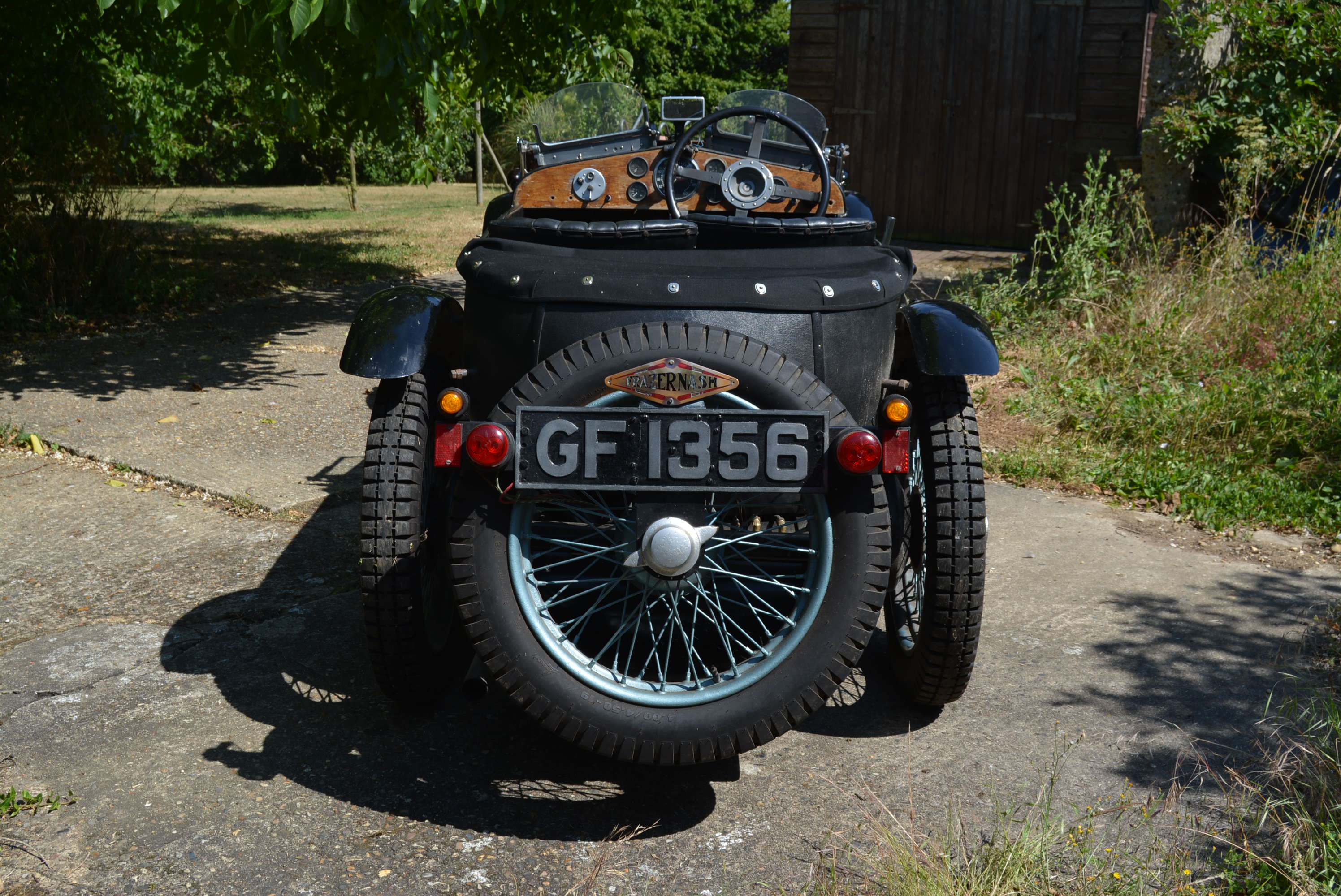 | 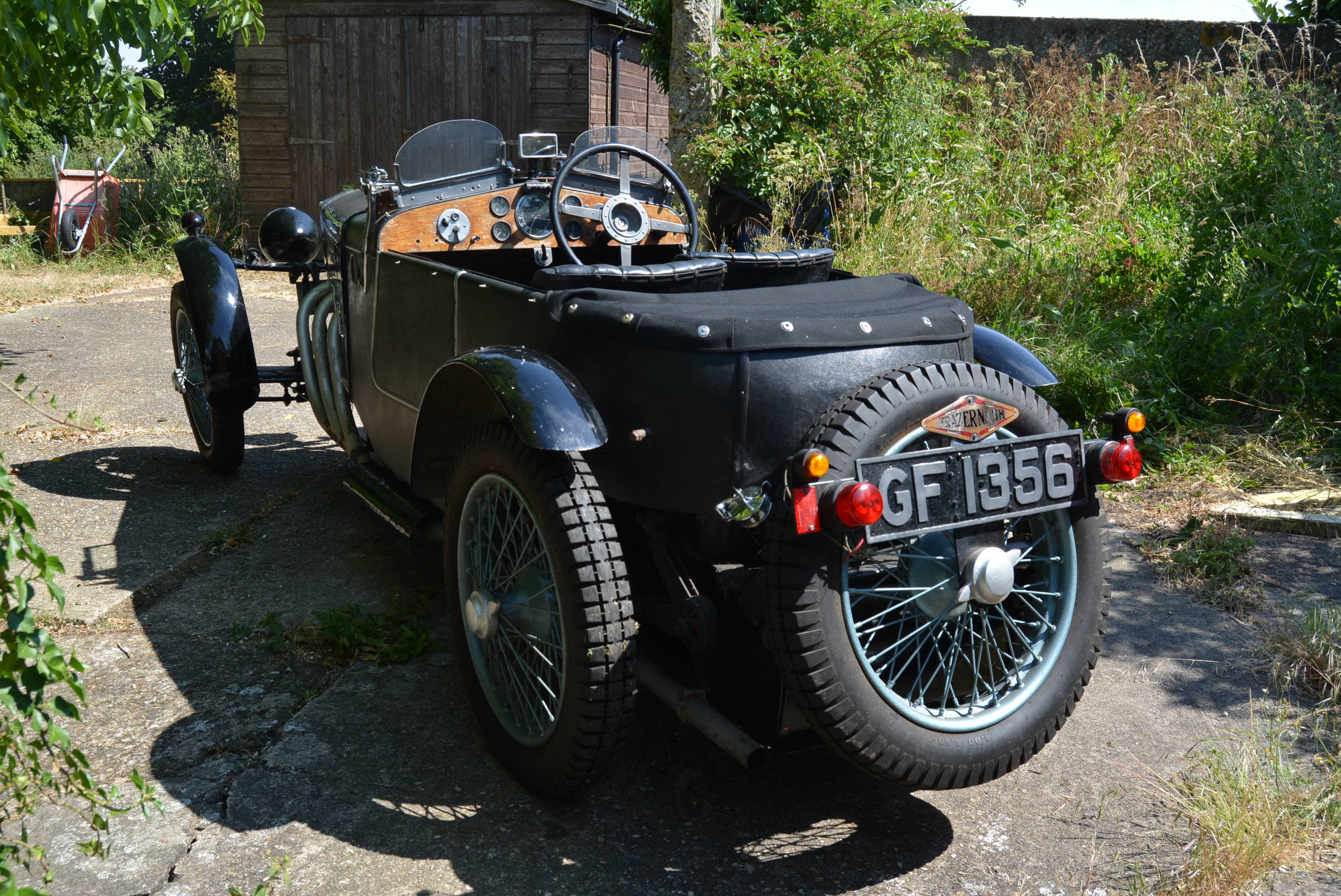 |  | 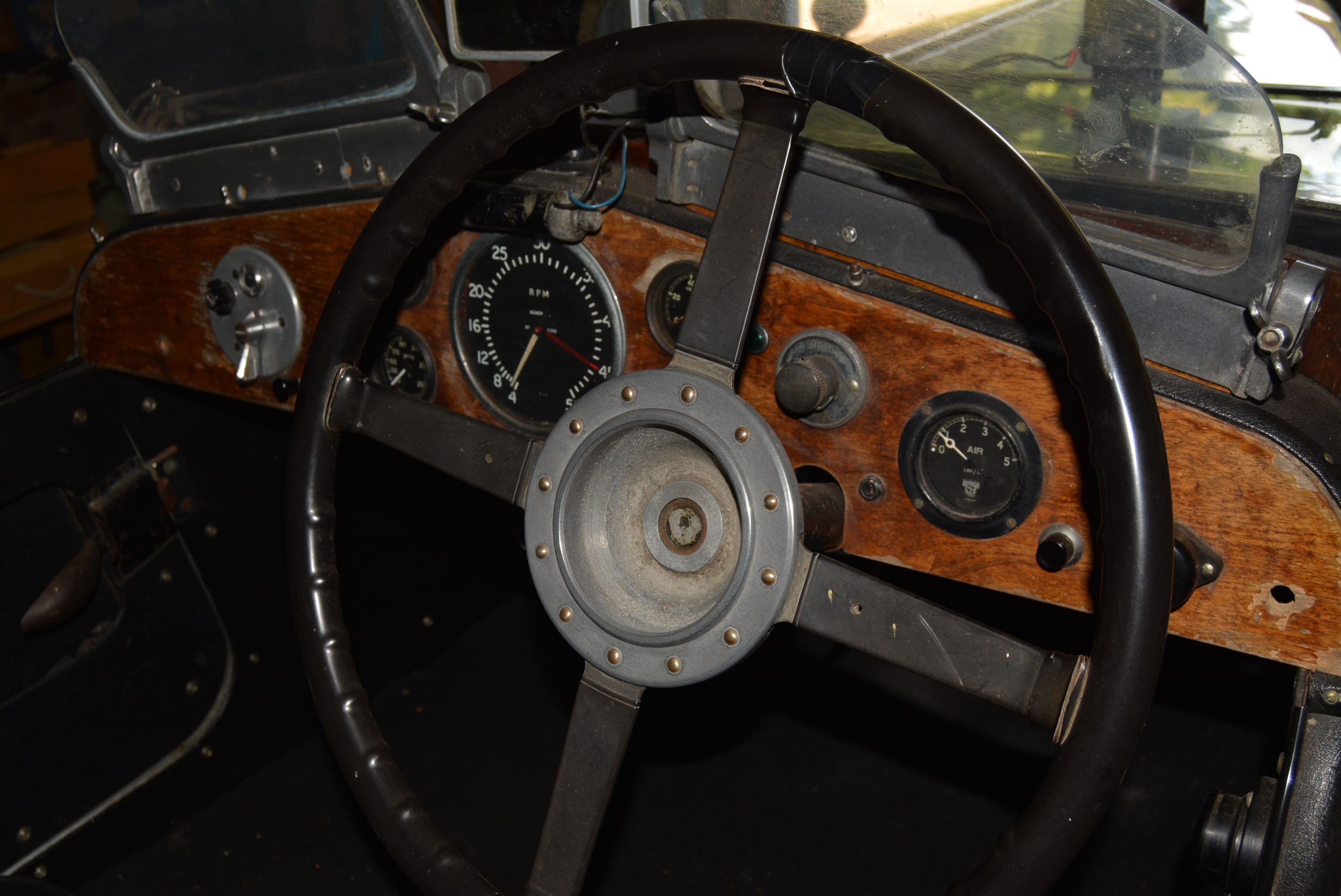 | |||||
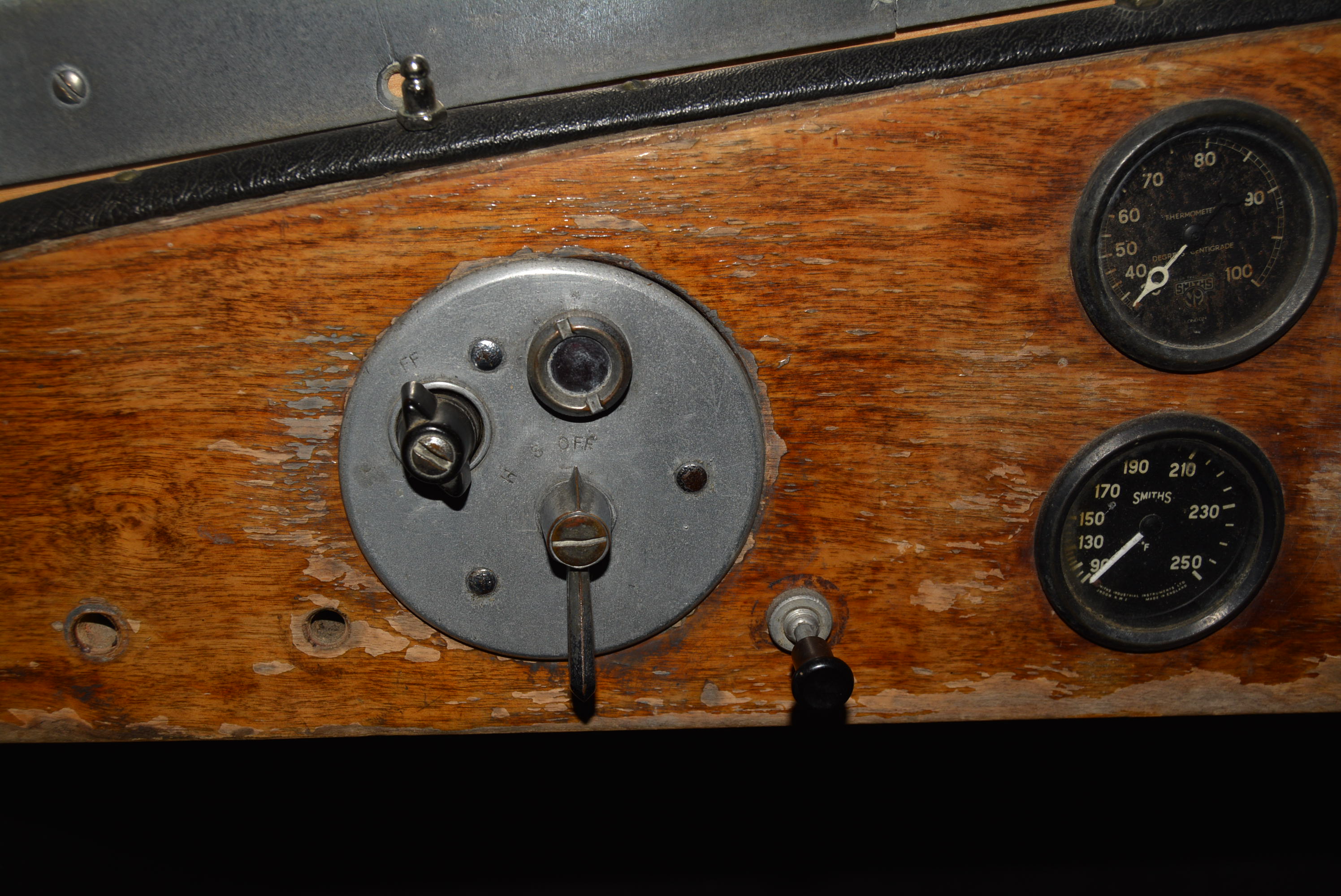 | 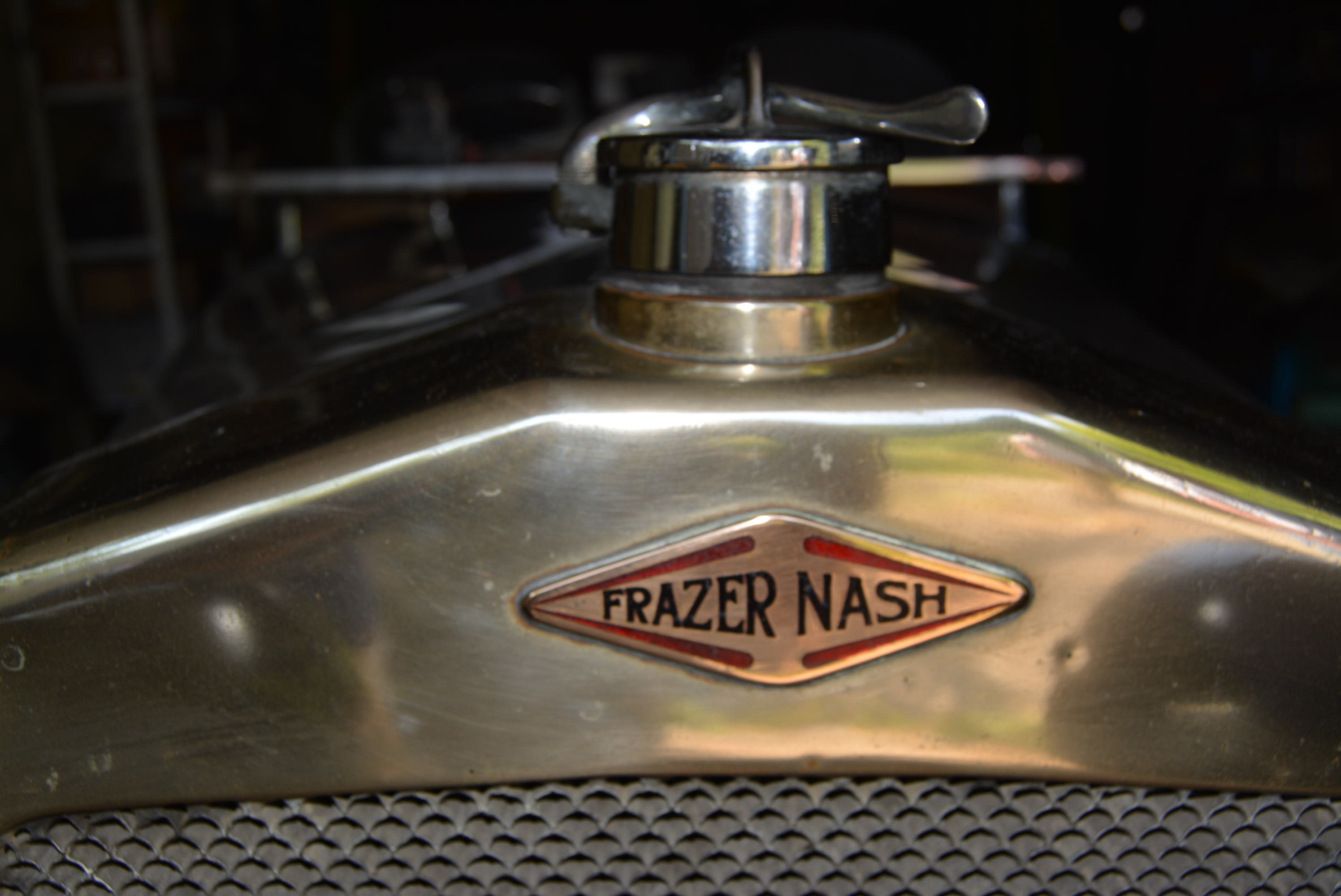 | 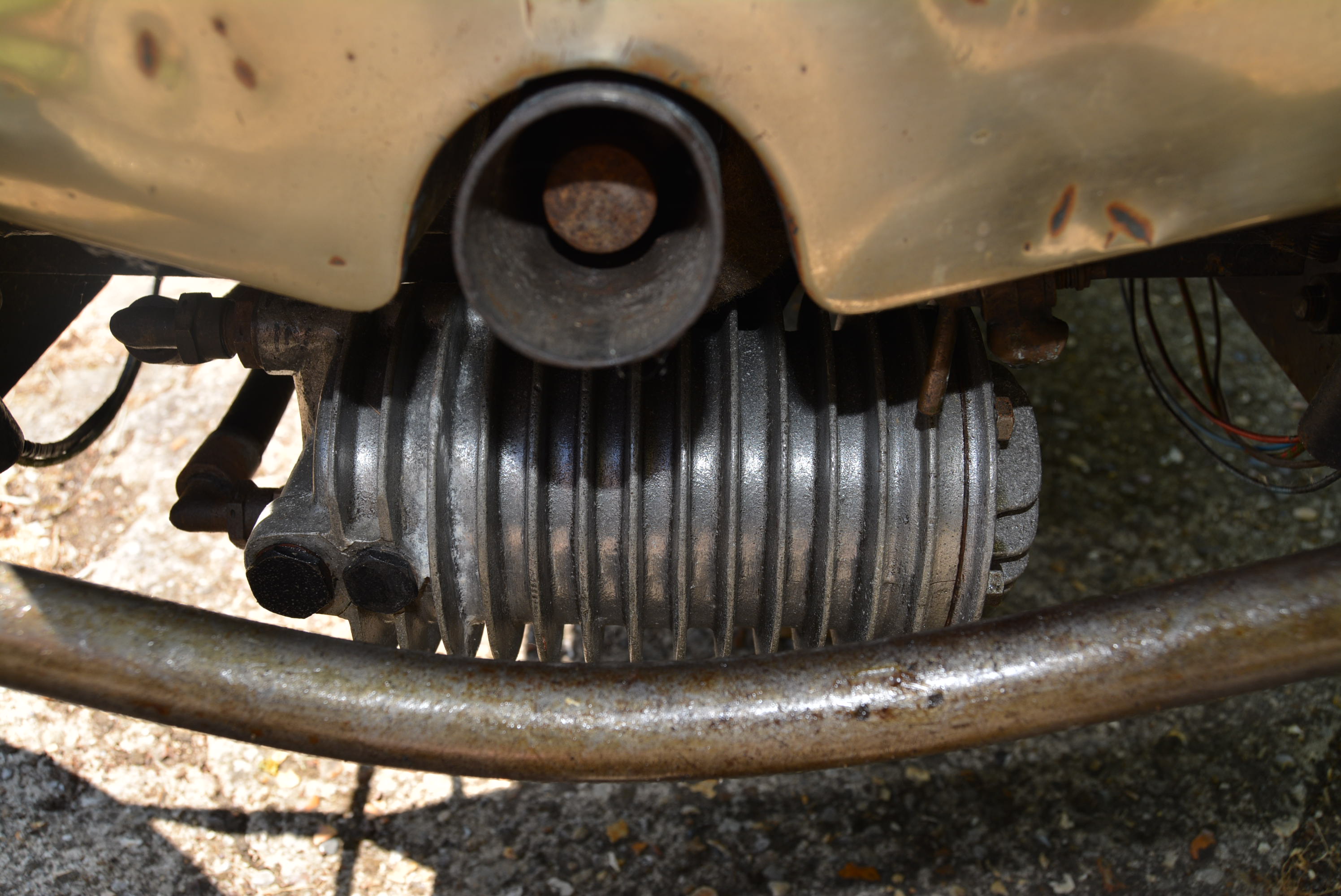 | 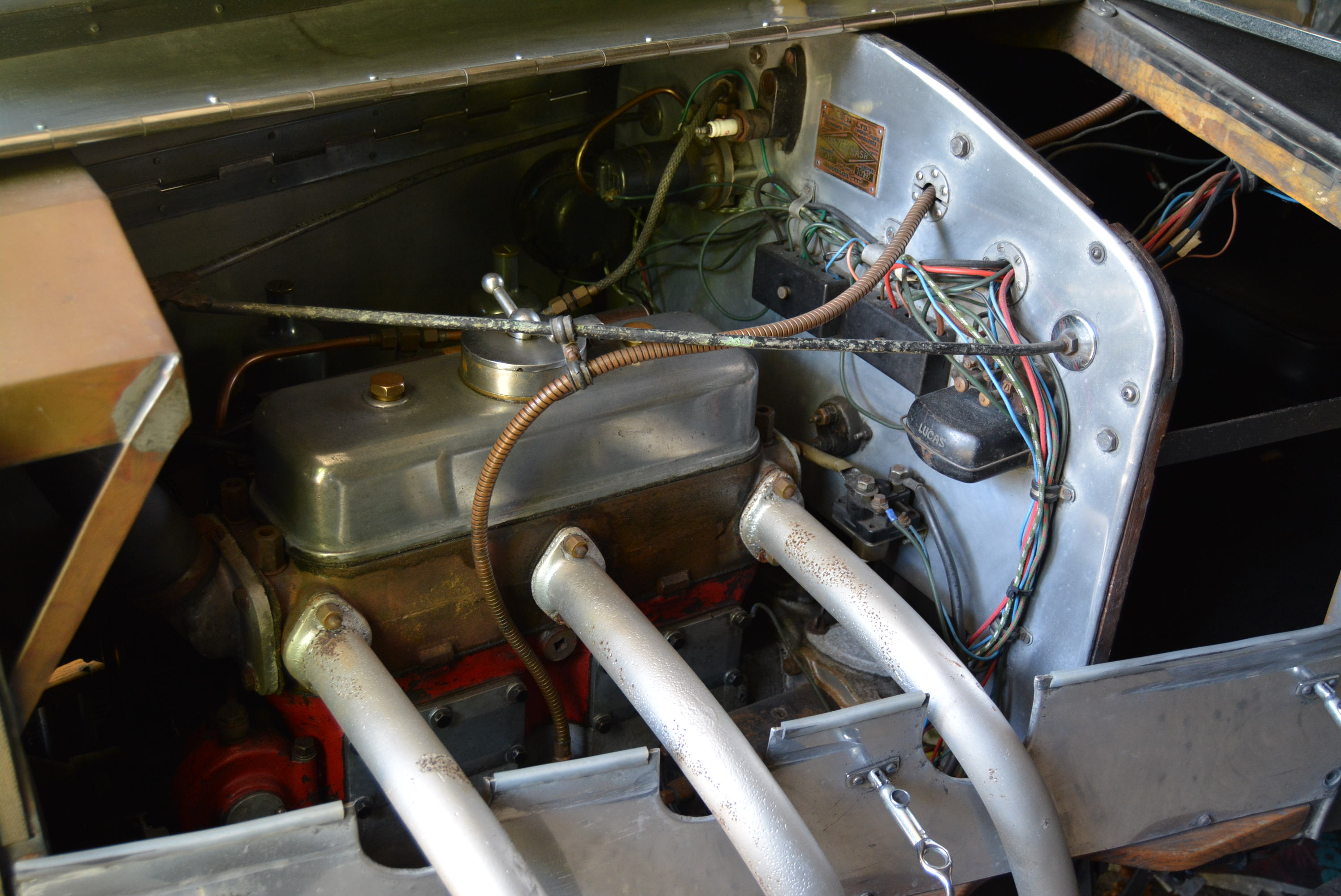 | 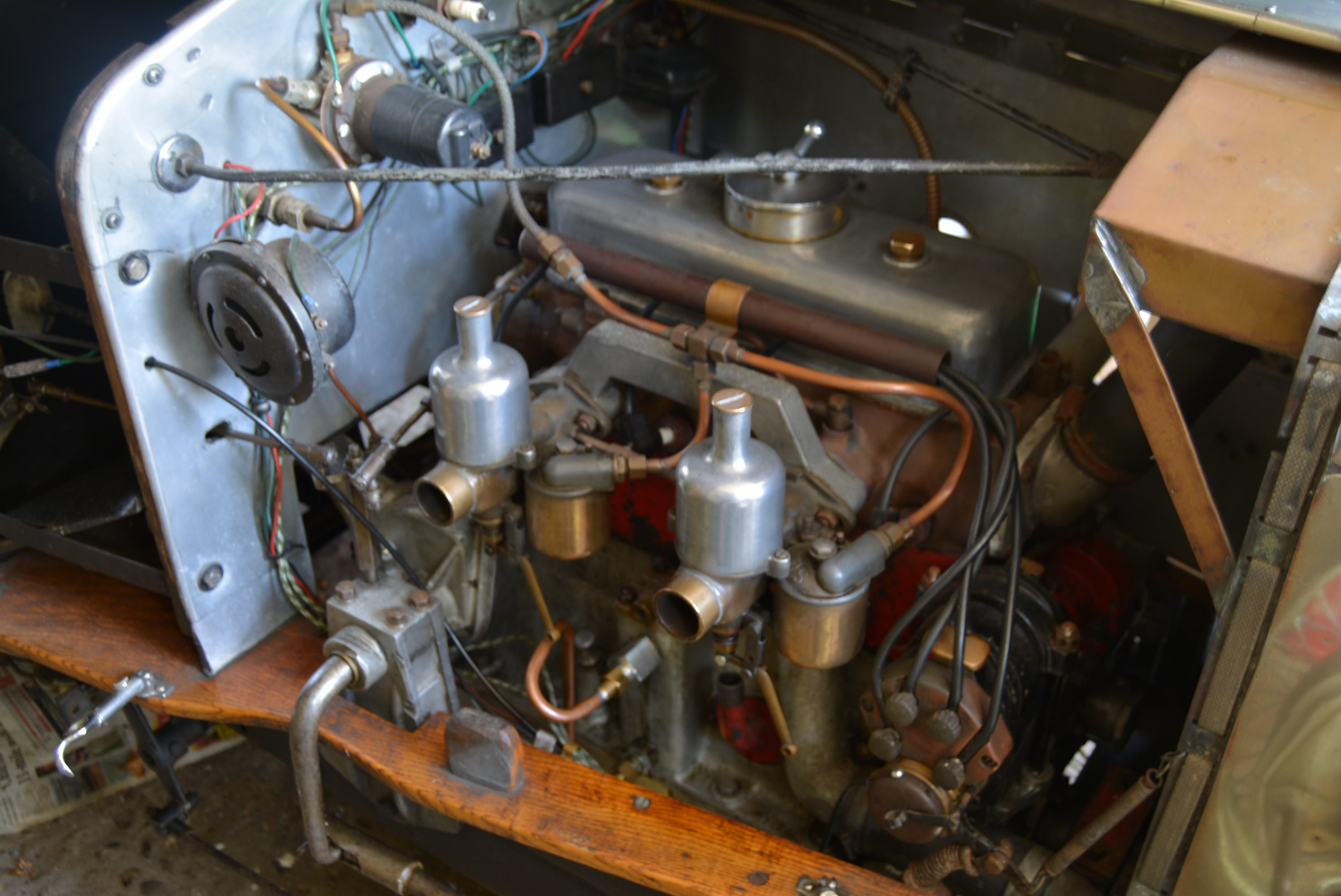 | |||||
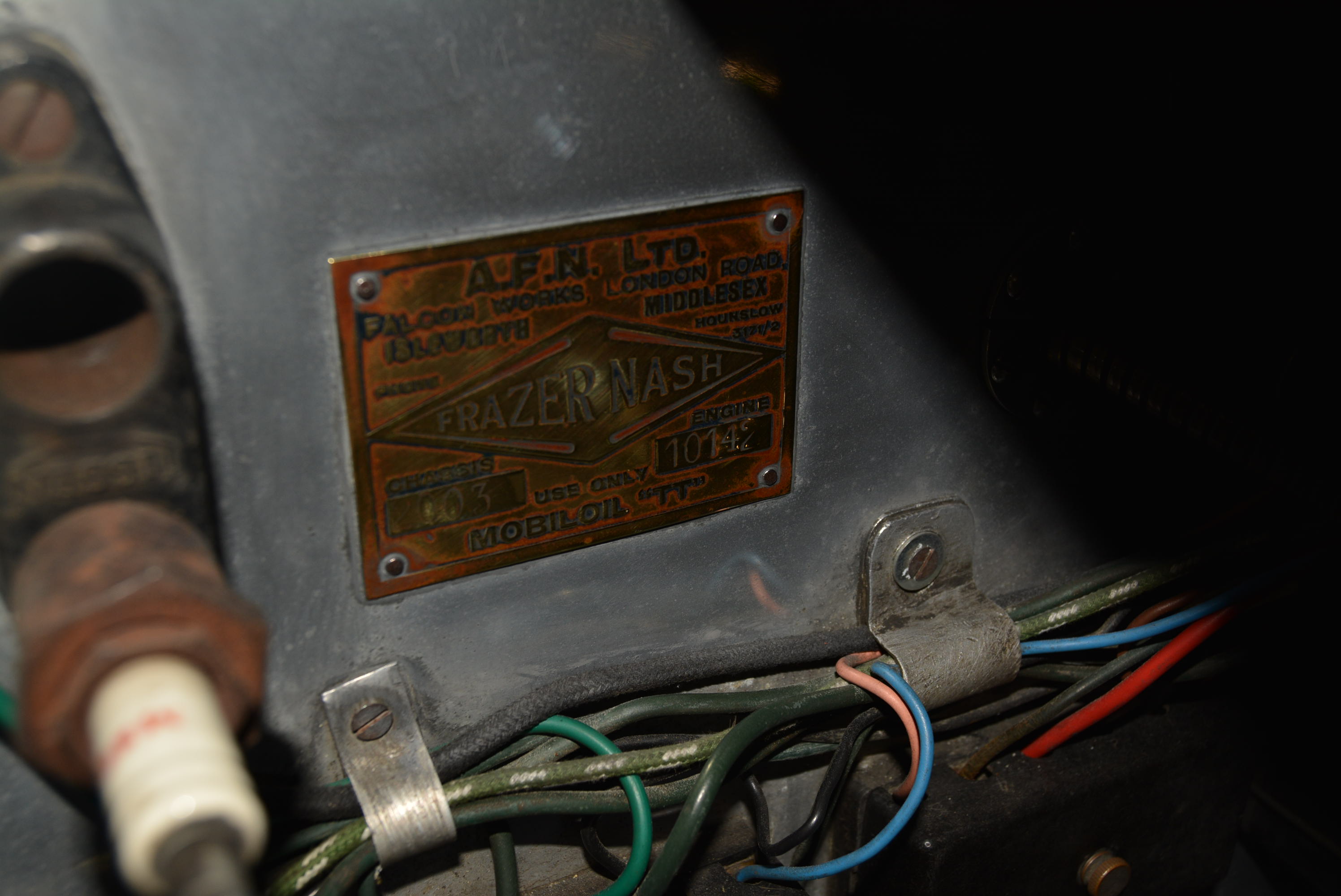 | 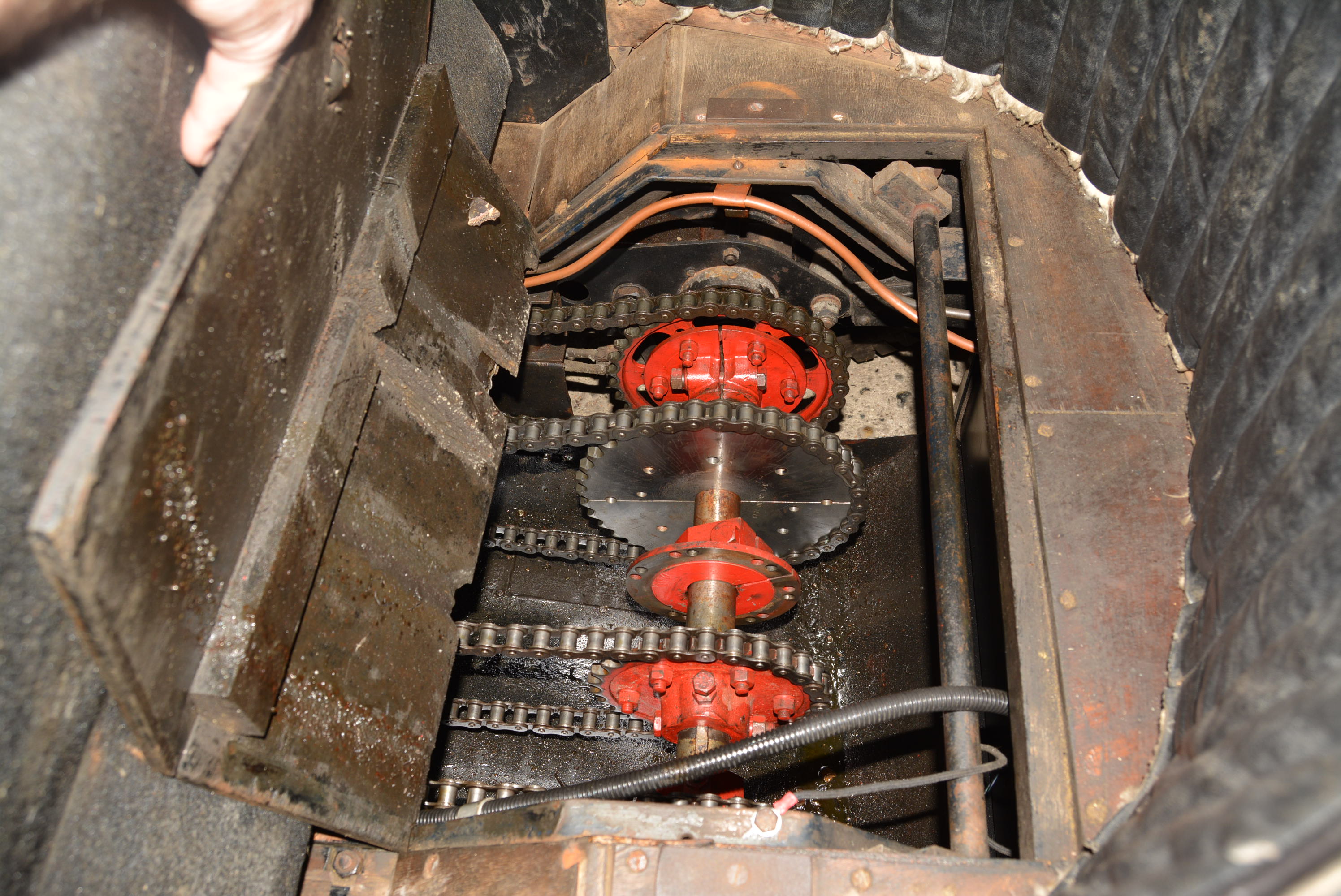 | 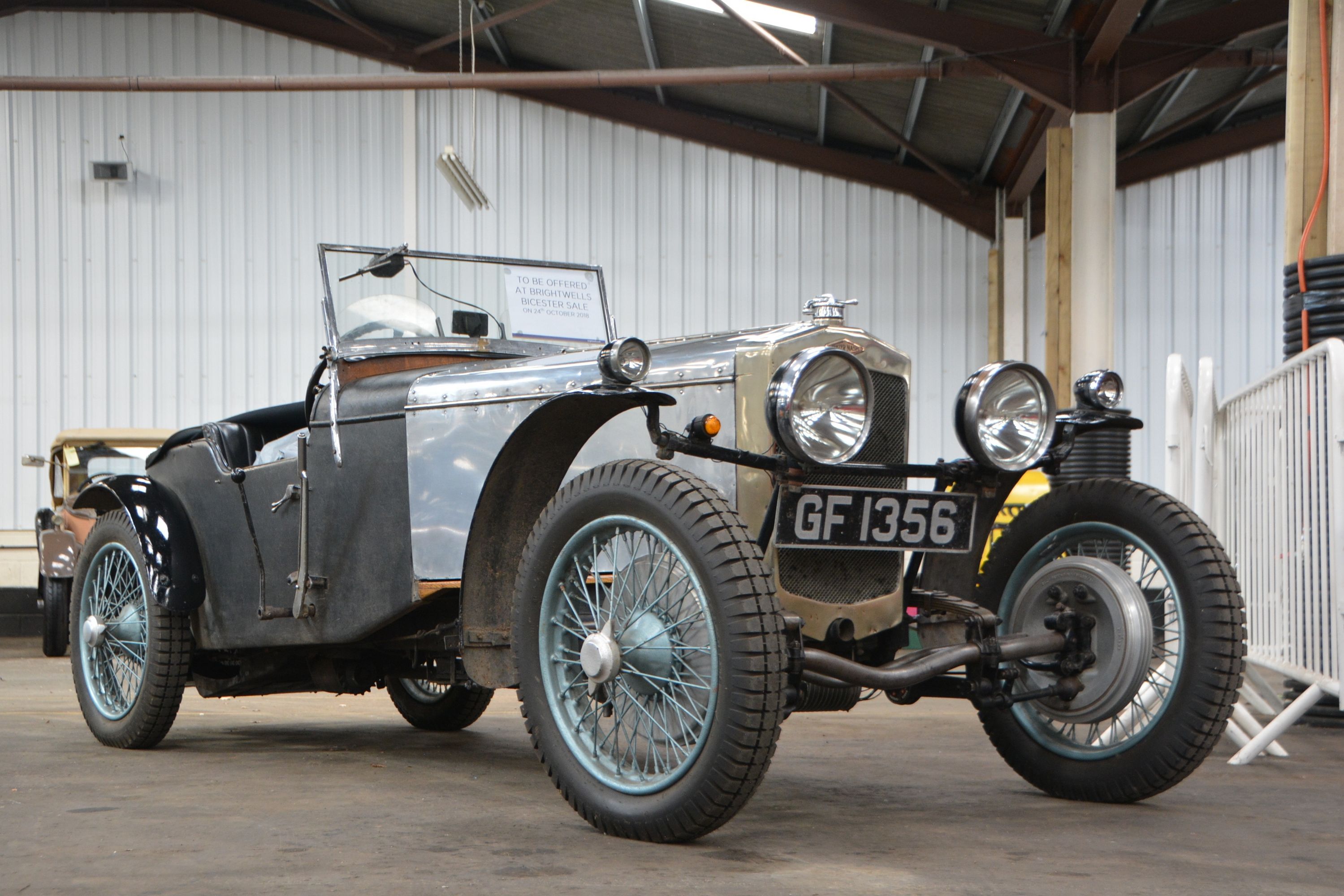 |  | 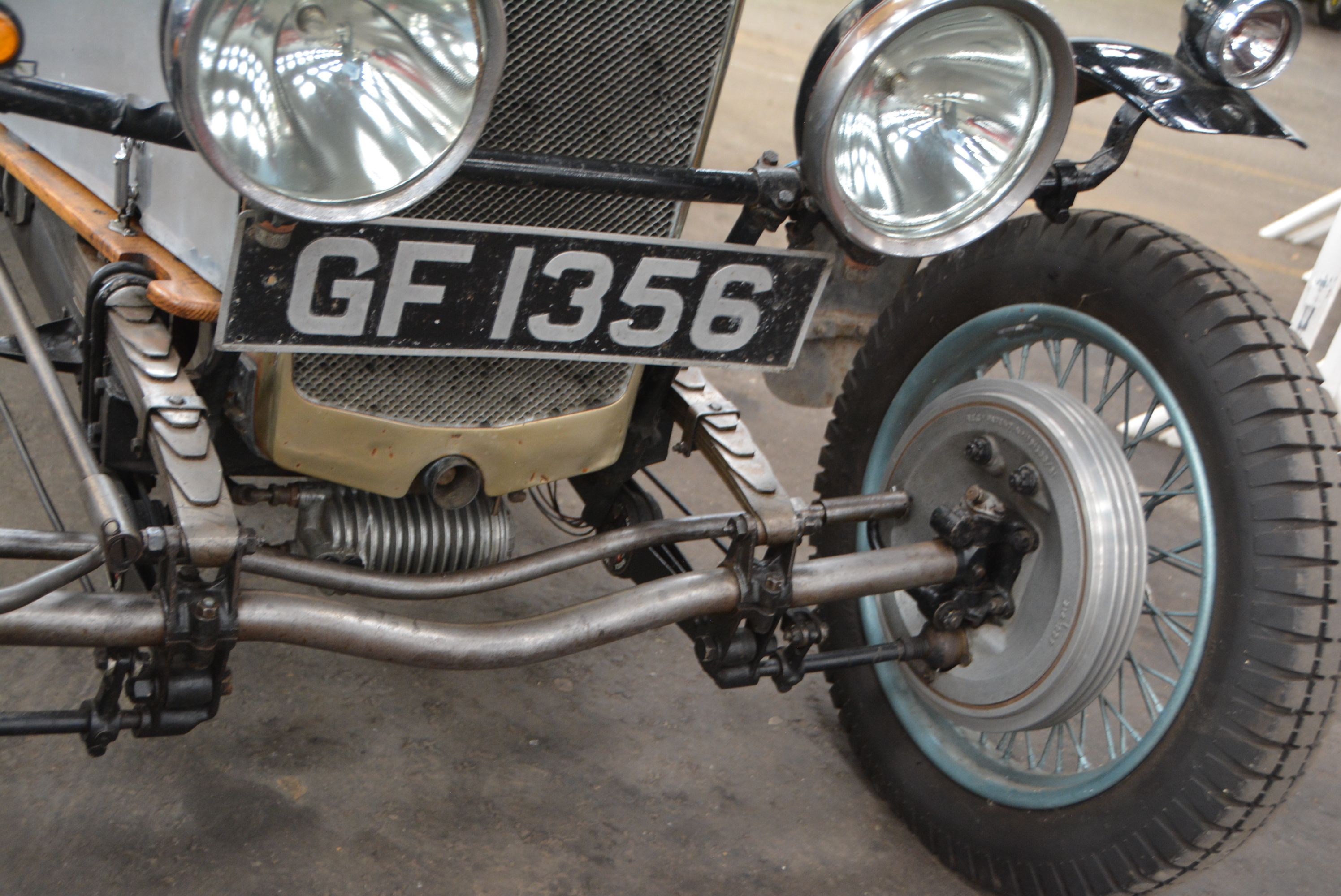 | |||||
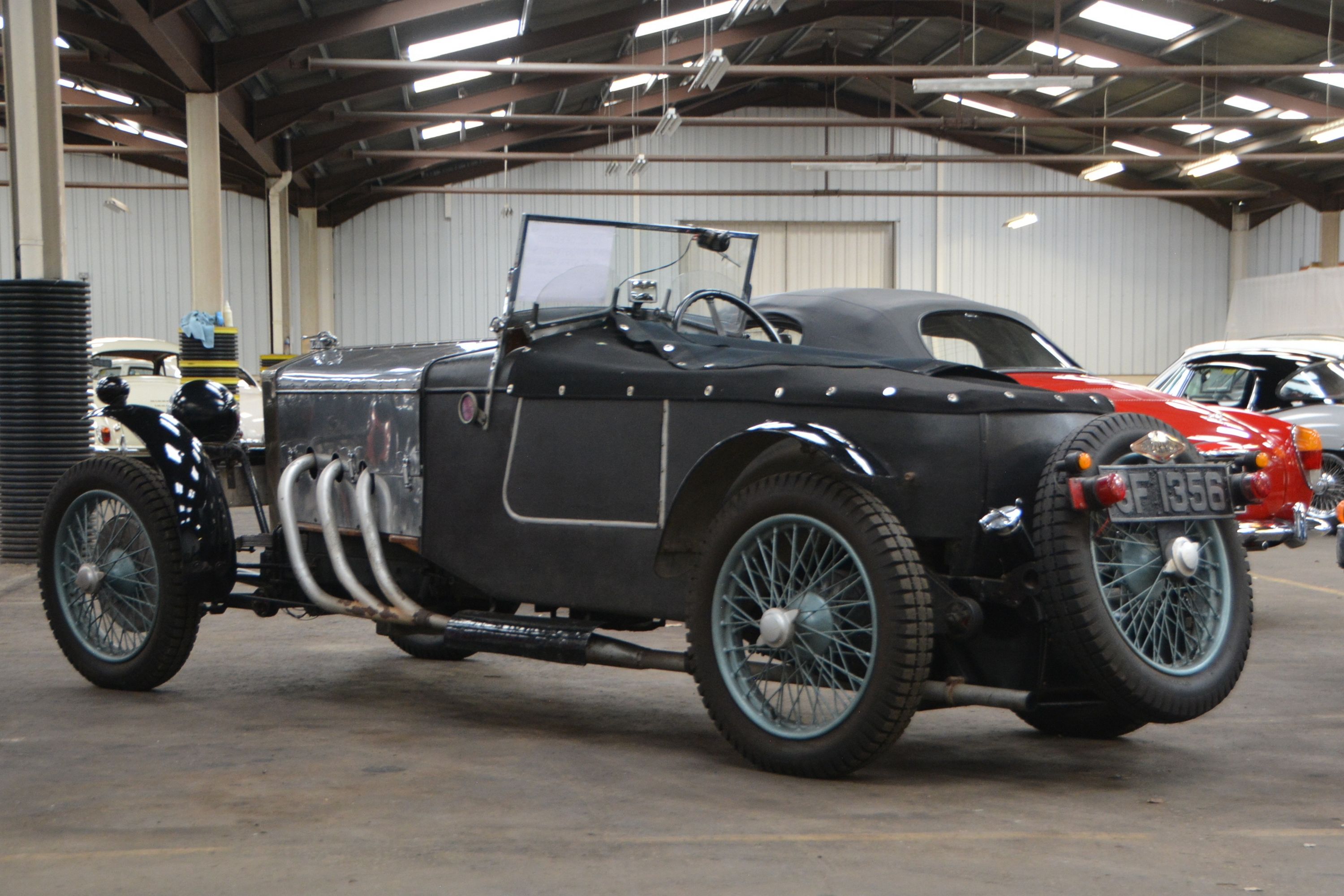 |  |
| Lot number | 69 |
|---|---|
| Hammer value | £207,200 |
| Description | Frazer Nash Super Sports |
| Registration | GF 1356 |
| Year | 1930 |
| Colour | Black |
| Engine size | 1,479 cc |
| Chassis No. | 2003 |
| Engine No. | 10142 |
| Documents | V5C; Buff log books back to 1934; 15 MOTs; invoices; correspondence |
“A high-class British sports car with a cachet derived from its racing heritage” is how the Light Car magazine described this very Fazer Nash in its road-test report of July 1930. And who are we to disagree?
The Nash (always the chosen abbreviation to its adherents) was the Lotus Seven of its day; low, lightweight, quick and possessed of outstanding handling (‘A Nash doesn’t go round corners: it changes direction.’ ).
GF 1356 was delivered to Sprosens, of Great Portland Street, London in early 1930 and probably saw life as a demonstrator. The engine was replaced the same year and the car not only endured a 500 mile road test for The Light Car magazine (top speed 87mph, 0-40 in 7.8 seconds) but was also raced at Brooklands in the hands of Frazer Nash boss H. J. Aldington.
Price when new in 1930 was £425 and bought you a car with a 1,500cc four-cylinder Meadows engine, twin carburettors, open clutch, no gearbox and no differential. Now some of you may say “Yikes” to the idea of a car with no gearbox and no diff., but those features (or lack of them) give the car much of its appeal.
The Nash used a system of chains and sprockets to the rear axle that enabled gear changes to be made at lightening speed and the lack of differential forced the driver to flick the rear end of the car to change direction. Add a cracking 1,500cc engine and a dry weight of around 1,800lbs and you have a car that is justifiably highly desirable even today.
The current owner bought GF 1356 back in 1963 – that’s 55 years ago, when the car was a relative youngster of 33 and the owner was a bit of a lad himself. During that time he has had immense enjoyment from the car, as well as a long series of trials and tribulations that he has noted down (the notes accompany the car and, even in condensed form, are too long to list here).
The car has never been a trailer queen but has been driven spiritedly uphill, down dale and round corners – especially round corners. Along the way it has had its fair share of misfortune but the owner has always risen to the challenge as will be seen from his notes. (The car’s resumé is also available digitally and the vendor will be happy to offer advice and information about the car to the new owner.)
Nashes are cars that require owner-involvement, not just in the driving but also in the maintaining. The good thing is they have none of the temperament or complication of some vintage cars but are more a form of motorised Meccano. The spares situation is enviable and the potential for improvement (more power) is prodigious.
One of just nine 'proper' Vintage Frazer Nashes that were fitted in period with the tough Meadows engine, it is like all vintage cars in that it is an ongoing project, but one that is ready to drive away and enjoy now. It is a fabulous example of a true sporting car with an authenticity that is unquestioned. Such cars do not come along often.